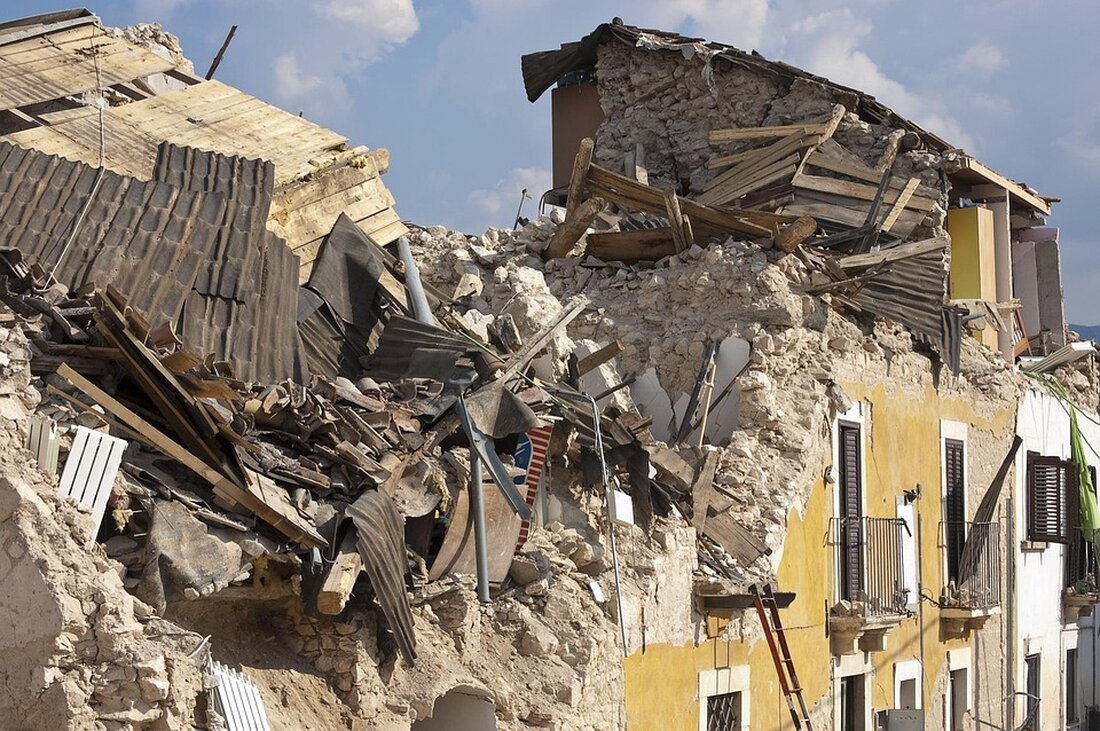Earthquake on Santorini: Experts warn of new dangers for holidaymakers!
Find out the latest information on the travel warning for Santorini: earthquake activity, safety advice and tourism impacts.

Earthquake on Santorini: Experts warn of new dangers for holidaymakers!
The seismic situation on the popular holiday island of Santorini has caused excitement in recent weeks. On May 15, 2025, the reported ADAC that the intensity of the earthquakes, which increased in February 2025, has now subsided. Despite this positive development, experts continue to warn about the possibility of a strong earthquake or volcanic eruption.
Damage on Santorini has so far been assessed as minor, but a strong earthquake of magnitude 6 or greater could cause severe destruction and even a tsunami. In particular, the underwater volcano Kolumbos, which is located 15 kilometers northeast of Santorini and has a larger magma chamber at a depth of 5 to 10 kilometers, remains the focus of observations. The last eruption of this volcano dates back to the 17th century.
Impact on tourism
On May 15, 2025, the lockdowns and restrictions on Santorini expired and the Federal Foreign Office relaxed travel advisories for the region. Travelers are advised to stay informed about the current situation and activate emergency notifications. However, there are concerns in the travel industry about a possible drop in visitor numbers in the summer, as bookings were already declining before the earthquakes.
In addition, the tax for day tourists of 20 euros per day has been postponed indefinitely. Travel providers have made it clear that package holidaymakers can cancel free of charge if the trip is affected by exceptional circumstances. A travel warning from the Foreign Office is not absolutely necessary for a free cancellation, which poses significantly greater challenges for individual travelers.
Seismic activity and context
Greece is one of the sunniest holiday destinations in Europe, but also a seismically active region. More earthquake activity is recorded here than in any other European country. The earthquakes result primarily from plate tectonic phenomena, particularly at the Hellenic subduction zone, where the African plate pushes under the Eurasian plate. These processes lead to the formation of mountains and volcanoes, with the Aegean Sea being a central location for geological activity.
Santorini recorded up to 150 earthquakes per day in February 2025 and the Kolumbo volcano is suspected to be the main cause of the increased seismic activity. The local population is alarmed; Older residents in particular remember the devastating earthquake of 1956. The state of emergency was declared on February 6, 2025, schools and public facilities remained closed, but seismic activity has calmed down since mid-February 2025.
The history of Greece is marked by earthquakes that destroyed many ancient cities. In 2024 the balance was around 200 earthquakes with a minimum magnitude of 4.0. The strongest earthquakes of the last 150 years are a reminder of the risks associated with Greece's location, but a good network of seismological measuring stations and general rules of conduct allow better preparation for the population and visitors. In the event of an earthquake, people near the coast should flee to higher areas to avoid the risk of tsunamis.
Overall, Santorini is a popular destination with 16,000 residents and up to three million annual visitors, with its cultural and natural attractions continuing to attract numerous travelers despite the challenges posed by nature. As the situation stabilizes, it remains important to monitor developments and travel responsibly.

 Suche
Suche
 Mein Konto
Mein Konto